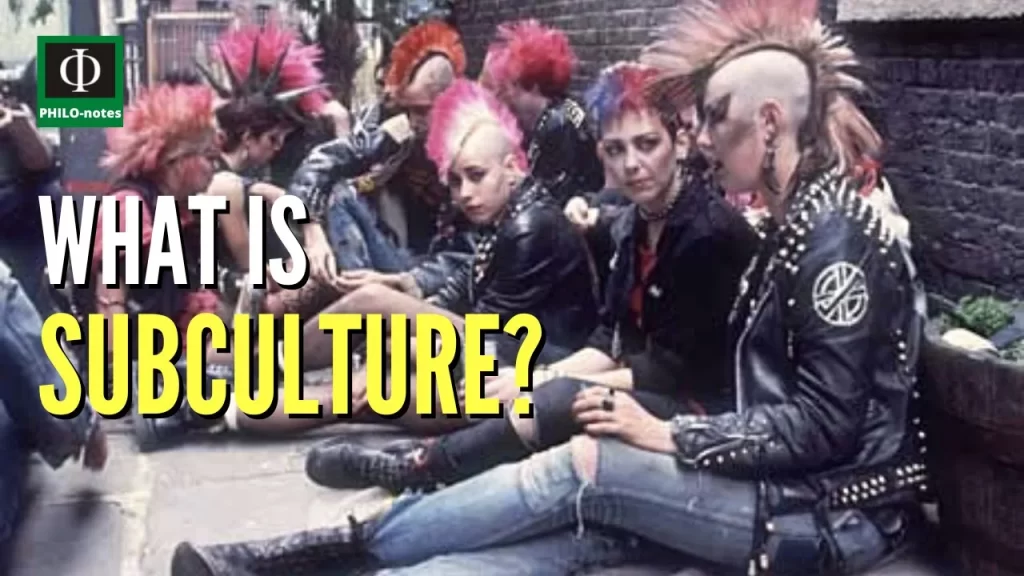Subculture refers to a group of individuals who share common interests, values, beliefs, and behaviors that differ from those of the dominant culture. Subcultures can exist within larger cultural groups, and they may arise due to differences in social class, ethnicity, religion, age, gender, or sexuality. In many cases, subcultures form as a way to express individuality, reject mainstream norms, and find a sense of belonging among like-minded individuals.
One of the most defining features of subcultures is their distinct style, which often includes clothing, music, art, and other forms of expression. For example, the punk subculture emerged in the 1970s and was characterized by its anti-establishment attitude, aggressive music, and distinctive fashion. Punks often wore leather jackets, ripped clothing, and spiky hair, and they expressed their dissatisfaction with mainstream society through music that was loud, fast, and rebellious.
Subcultures can also form around shared interests or hobbies, such as sports, gaming, or anime. These subcultures may have their own jargon, rituals, and customs that are unique to their group. For example, fans of a particular sports team may have their own chants, hand signals, and dress codes that set them apart from other fans.
Subcultures can be seen as a way to resist social norms and conventions, and they may be associated with countercultural movements that seek to challenge the status quo. For example, the hippie movement of the 1960s was a subculture that rejected mainstream values and embraced peace, love, and communal living. Hippies often wore tie-dyed clothing, smoked marijuana, and participated in protests against war and social injustice.
Subcultures can also be a way for marginalized groups to find acceptance and support within society. For example, the LGBTQ+ community has formed its own subcultures around shared experiences and identities. These subcultures may include drag queens, leather culture, or ballroom culture, each with its own unique customs and practices.
However, subcultures can also be criticized for promoting exclusivity and limiting diversity within society. Some subcultures may become insular and reject outsiders, leading to a lack of understanding and acceptance between different groups. Additionally, subcultures may reinforce stereotypes and negative attitudes towards marginalized groups.
In conclusion, subculture refers to a group of individuals who share common interests, values, beliefs, and behaviors that differ from those of the dominant culture. Subcultures can form around shared interests or identities and may be a way to resist social norms or find acceptance within society. While subcultures can be a positive force for individuals seeking community and individuality, they can also promote exclusivity and reinforce stereotypes.


